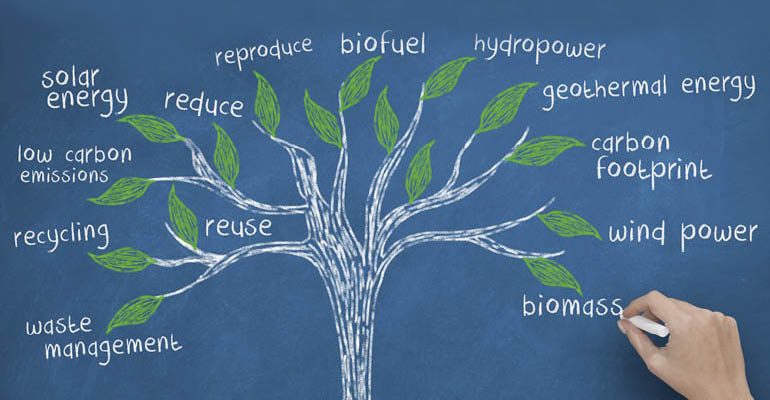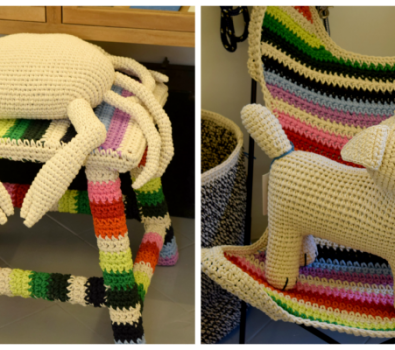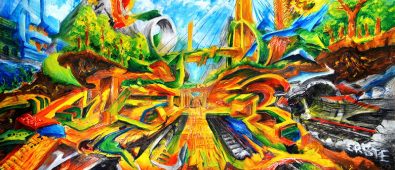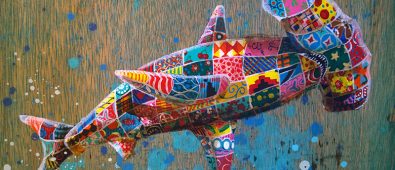The Big Names Are Pitching In, Too
About three to four years back, a new class of art exploded into the scene. It was art that educated the world of the dangers to the environment. We termed it eco-art. Some of the biggest names in the industry had exhibits that on it. For example, the Fisher Museum showcased:
- GYRE: The Plastic Ocean
- Cynthia Minet’s Beast of Burden
Both these exhibits centred on the environment. They spoke, through art, of the harms of plastic pollution. Another example is Google Maps. For some cities, like LA, if you go on the predictive maps option, you can see the ravages of global warming will create on the different sections of the city.
Call It What You Want, But It Is Crucial
From eco-visualization to eco-art, the names these types of exhibitions, sculptures, etc. have been many. But the end result is still the same. They have made the vital and harrowing data about the environment accessible to the general public by visualising it. From students to families to tourists to elders, more people are becoming aware of the issue because they interact with the art.
As its names, the material used to create eco-art can vary from reused plastic to disposable contact lenses to discarded swimming pools. From life-size imitations of nature to tiny paintings, eco-art can take any form, but the gist remains the same. It is a critical avenue of informing the world at large of the havoc we have been creating on the planet.
It is high time; we use creative methods, one of which eco-art, to show the people of the permanent injury that has happened. Furthermore, we need to take any steps possible to undo it even a little bit.




